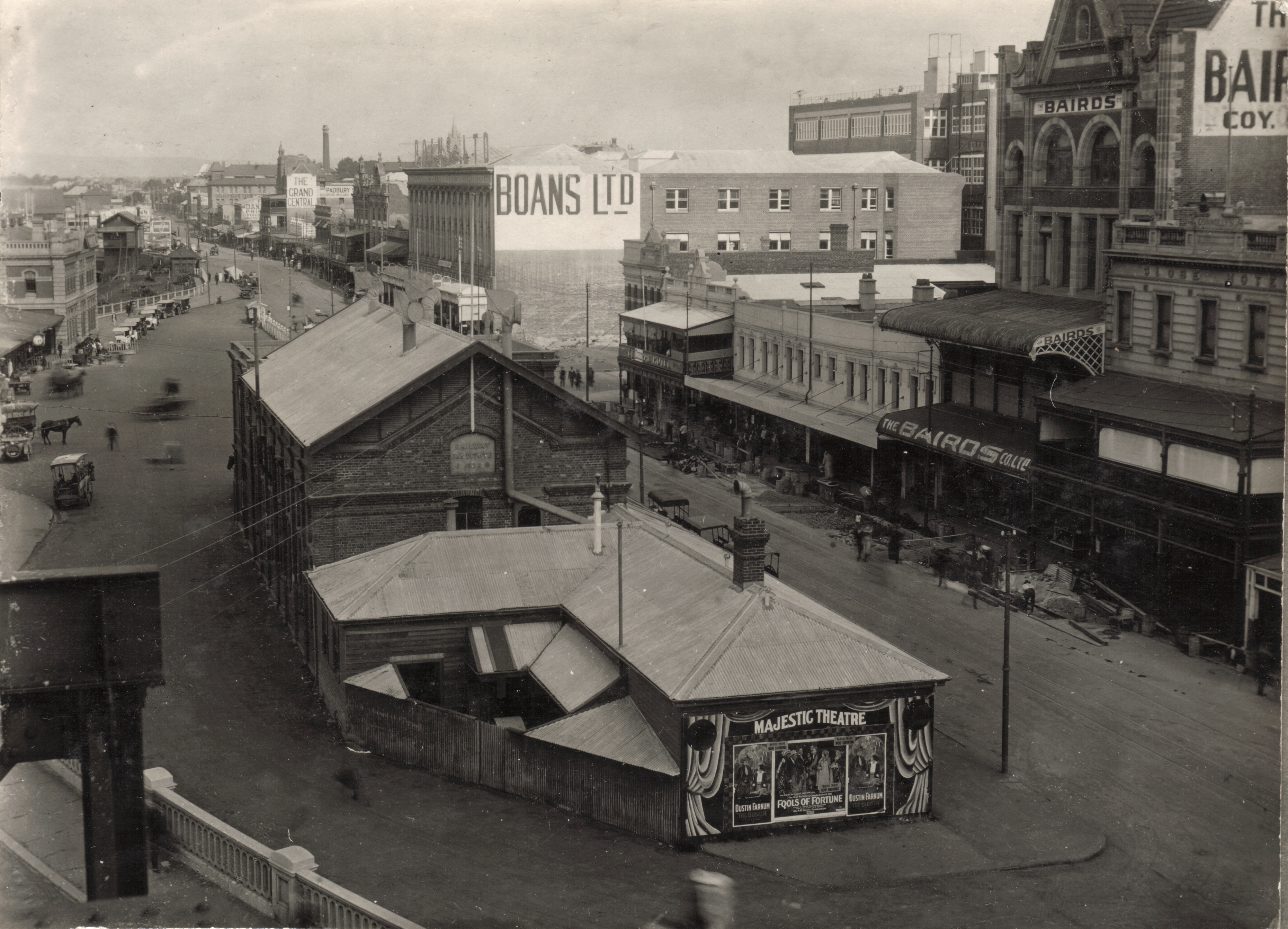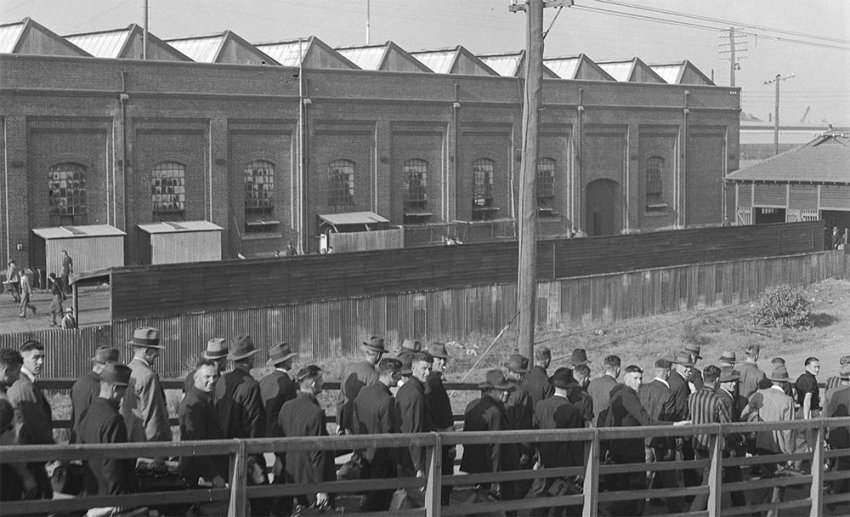History
The story of the rise of the Railways Institute is an interesting chapter in the State’s history.
The movement began in 1888, when a railway employees’ reading room was constructed in Wellington Street in Perth.
As the number of railway workers grew with the expansion of the networks, the requirement for a centralised administrative entity arose and the Railways Institute was established in 1897.
Following the discovery of gold at Southern Cross, the railway was extended from Perth to the Eastern Goldfields, and many railway workers and their families established themselves in towns such as Kalgoorlie.
The WA Railway Institute was run from Perth by a central council with a local committee at Kalgoorlie. Other branches of the WA Railway Institute were established in various country centres over the following years, but Kalgoorlie was the first to become a branch Institute. Pooled resources and the financial assistance offered to the Institute by the Railway Department were the reasons for amalgamation. The WA Railway Institute took responsibility for the upkeep of branch Institute buildings.
The Kalgoorlie Railway Institute was first established in 1902. The Railway Institute movement spread quickly across the State, with branches opening at Bunbury, Brunswick Junction and Wagin in 1904.
By 1927, Railway Institute membership in WA had reached 6,655, which represented 83% of total railway staff.
Training provided at the Railway Institute was particularly important during World War One, when many experienced employees were lost
While the Northam Railway Institute was the first to be established in Western Australia, the Kalgoorlie Institute was the first to become a branch of the WA Railway Institute.
The Kalgoorlie Institute comprised of a reading room, billiards room, and a hall where Saturday night dances were held. The 1934 building also had a library and classrooms where railway workers could learn about safe working, time tables and rostering, telegraphy, station accounts, locomotive mechanics, internal combustion engines and shorthand. The 1934 building which exists today replaced the original building when it was destroyed by fire on the night of 26 December in 1933.
In the late 20th century, use of the institutes had declined as the State’s railway services and the needs of Institute members changed.
Whilst still remaining true to our underlying foundations, WARI has recognised the need to make changes to accommodate the needs of our members to serve them (and us!) well into the 21st century.
In 2022, the WA Railways Institute celebrated 125 years of operation and service (1897-2022).
 |
 |
| WA Railways Institute, Wellington Street, Perth (Circa 1923) |
Employees of the Midland Railway Workshops, Midland (Circa 1938) |
| |
|